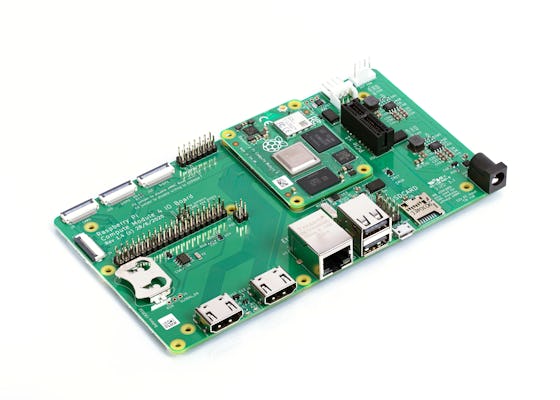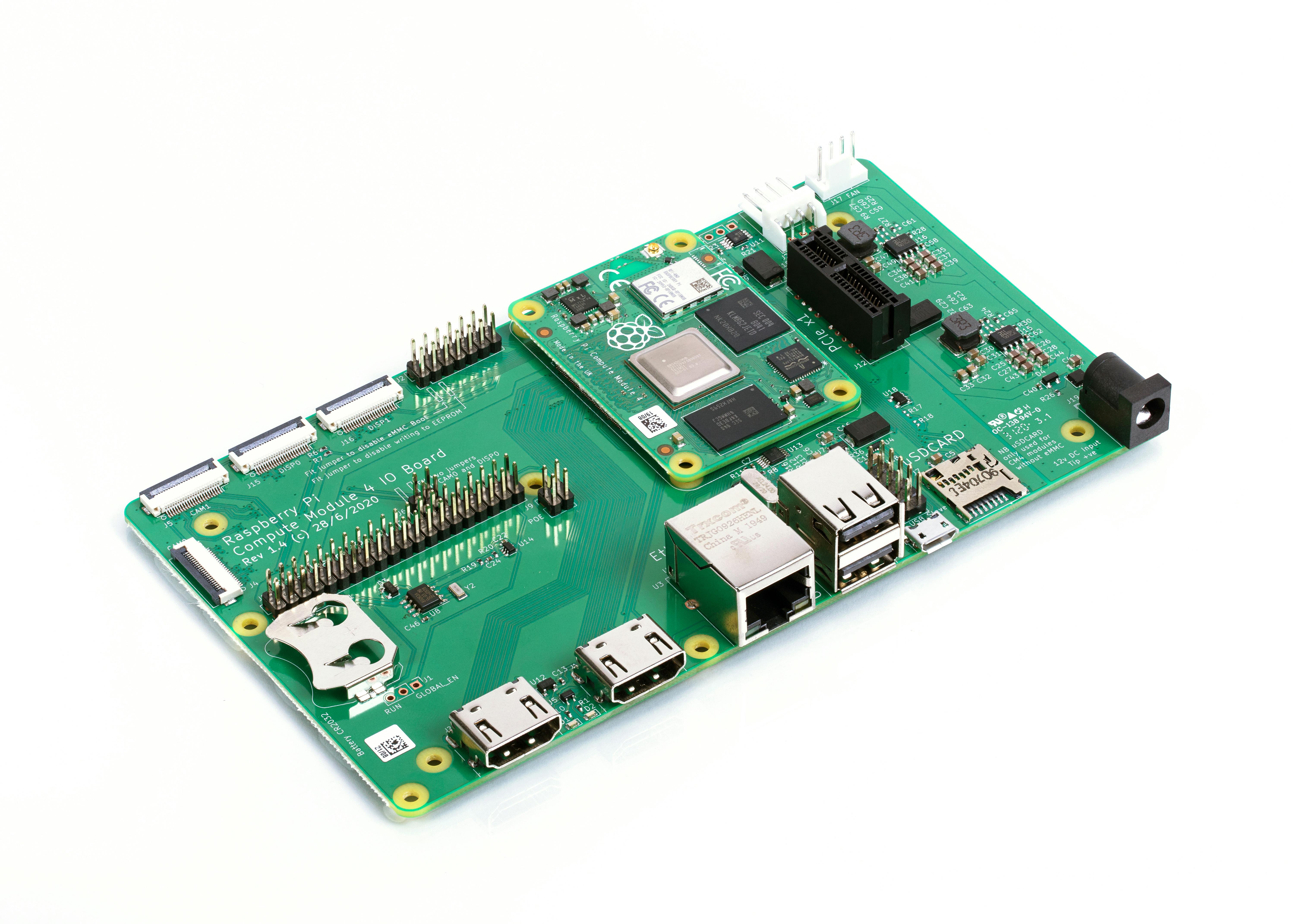Forgive me if this has been mentioned elsewhere - but have you looked at the RPi compute module 4 with their IO board? Has much better position for connectors, takes 12V, and can have an external antenna.


Buy a Compute Module 4 IO Board – Raspberry Pi
Exposing every interface from Raspberry Pi Compute Module 4, the Compute Module 4 IO Board provides a development platform and reference base-board design for our most powerful Compute Module yet.www.raspberrypi.com
I briefly looked at it but I do not think it provides any advantages in this application but maybe I am missing something. Other than figuring out the best position for this USB IR receiver I have no issues with the RPi 4 layout. I see how having all the ports on one side can be useful but I have no plans to use HDMI and relocating the power with an extension is easy enough. Also not a fan of the much larger footprint.
Michael

